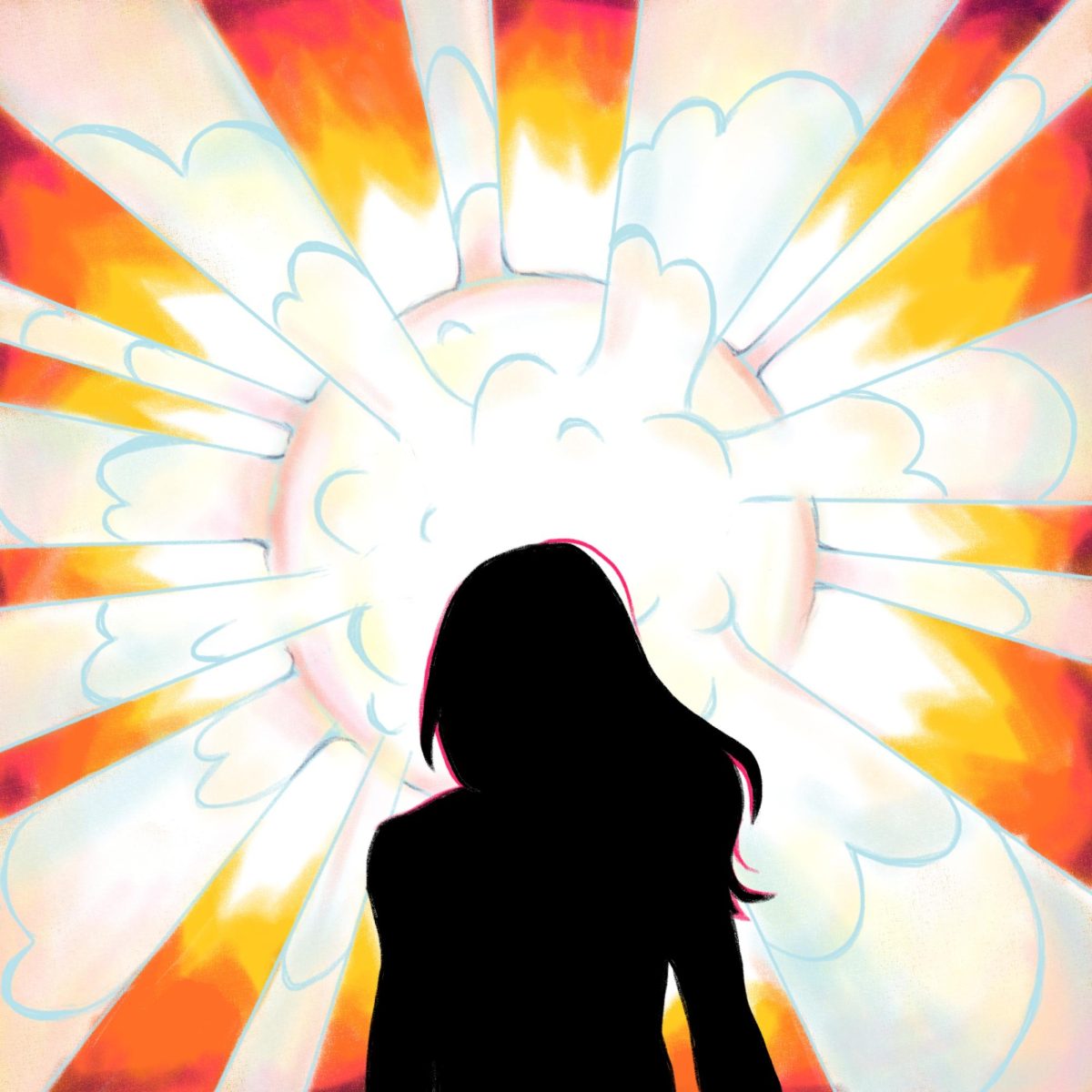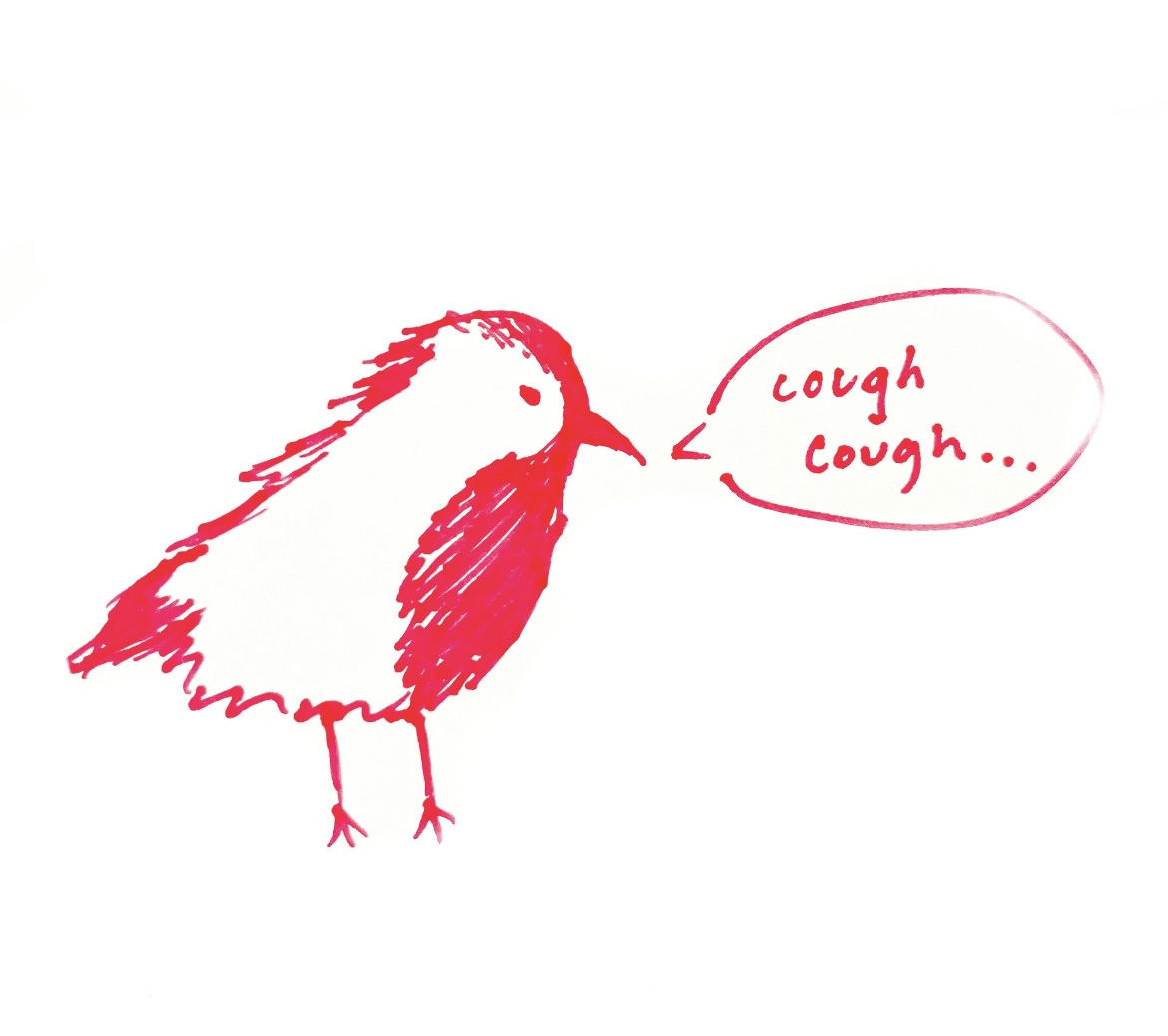This piece was contributed by alumnus Norm Osterman ’65, Walla Walla resident and activist.
Whitman students should consider community involvement because it’s training for life outside the bubble and because Walla Walla and environs needs your youth, smarts and enthusiasm.
Many Whitman students over the years have been active in a range of community activities, from tutoring English as a Second Language students to participating in major community campaigns. Well planned and executed community activism gets results. Whitman students over the years have played pivotal roles in community campaigns and in political campaigns.
My first “for instance” is the campaign to save Valley Transit. The bus system faced a fifty percent cut in service if no action was taken. A campaign for Valley Transit was set up to pass a three-tenths of a cent sales tax increase to keep the service level undiminished. The Walla Walla Union-Bulletin said it was a nice thought but they believed the chances of the measure passing was nil. The measure passed by seventy-six percent, the highest total in memory. The Campaign for Valley Transit was a textbook example of how to run a campaign. There was plenty of money, there were plenty of volunteers and supporters, and in addition to “the usual suspects” there were people ranging from the downright poor to leading members of the business community.
The Pioneer jump-started Whittie interest with a number of front page stories (see Proposed Walla Walla Valley Transit Cuts Meet Resistance, The Pioneer, Sept. 17, 2009). The reporter for The Pioneer rode her bike miles in the dark to the transit board meetings. Whitman students made a real difference in the outcome by canvassing and phone banking. By way of a specific example, we called our whole contact universe, greatly helped by bilingual Whitman students calling every registered Latino voter.
Another proves-the-point example is the campaign to stop a consortium from building a huge, $2 billion coal-fired IGCC (look it up) plant on Port of Walla Walla land 30 miles upwind of Walla Walla. Hello, cancer and asthma! The plan was to sequester the carbon dioxide produced by pumping millions of tons of it down thousands of feet into the basalt where they hoped it would turn into calcium carbonate, a risky business. The last time I checked, the sequestration test with the meaningless amount of 1,000 tons is still on hold five years after being proposed.
A number of Whitman professors, including Grace Farnsworth Phillips Professor of Geology and Environmental Studies Bob Carson and Professor of Geology Kevin Pogue, 50 core group community members and, once again, Whitman students formed the Coal Concerns group. Cutting to the chase, after about a year and a half of concerted effort amounting to thousands of collective hours of work by community members, Whitman students, and professors from Whitman and Walla Walla University, the coal plant plan died on the vine and, happily enough, is still dead at present.
Whitman students created a 52-page book of color photographs taken at many colleges and universities around the state. The photos were of students, staff and professors––including President George Bridges––holding signs with messages like “Clean coal is a myth” and “There’s a reason why Santa’s punishment is coal.” This book was sent to many governmental officials.
We know you Whitman students are a busy lot, but try to leave the bubble from time to time.










